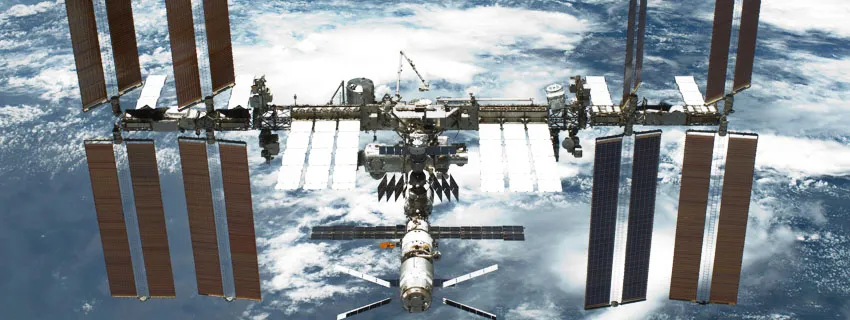Published:
Author: Antonio Maria Guerra
Space Food
Every day a group of people have their meals aboard a futuristic structure orbiting around our planet: the I.S.S., the International Space Station. The ‘space food’ currently available to the astronauts is the final result of an evolution started in the Mid-Twentieth Century. At that time scientists didn’t exactly know how a human being could eat in zero gravity.

Space food: the first astronauts eat in orbit.
The first astronaut to go in space, entering orbit around our planet, was the Russian Jurij Gagarin, in 1961, followed a year later by the American John Glenn. Considering the topic of this article, it should be said that they were also the very first men to eat in space. Sadly, the food they were provided was not very appetizing: for example, it had to be squeezed out from tubes, very similar to those used for toothpaste.

Jurij Gagarin
Major Yuri Gagarin was born in Smolensk, son of a carpenter and of a peasant. In April 1961 he completed a full orbit around the Earth aboard the spacecraft Vostok-1. The flight lasted about one hour and a half.
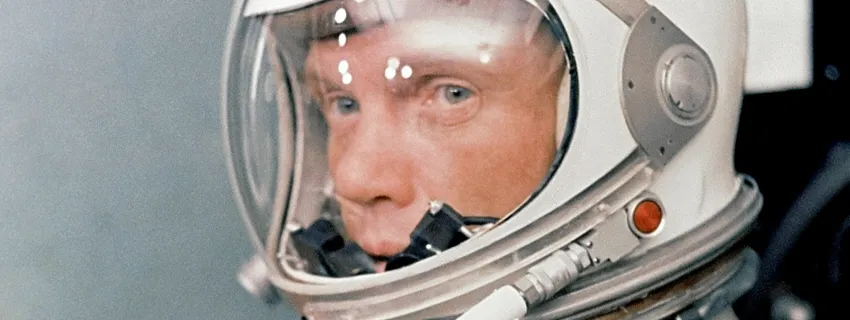
John Glenn
In February 1962, about a year after Gagarin, Lieutenant Colonel and test pilot John Glenn was launched in space aboard an Atlas rocket. In five hours he completed three full orbits around our planet.
The light ‘snack’ that Gagarin and Glenn ate during their short missions, was part of a very important scientific experiment. Both the Russian and the American scientists needed in fact as much information as possible to confirm their theories about feeding in zero-gravity conditions. For example, they didn’t know exactly if it was possible to swallow and digest food.
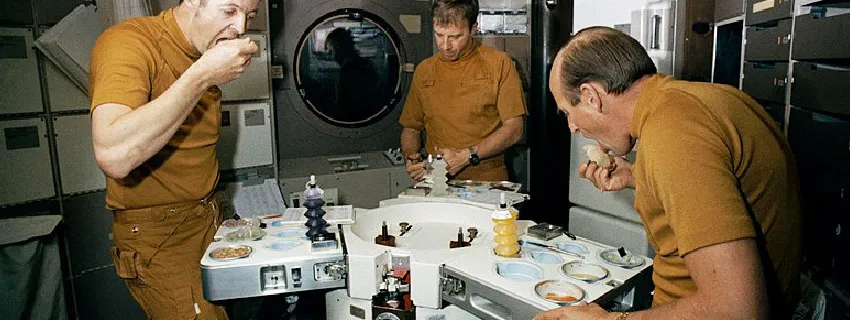
Space Food: a dining table for astronauts.
The ‘dining table’ of the I.S.S. is quite different from those used on Earth: it’s basically a reclining surface, attached to the interior of one of the Station modules and equipped with velcro straps and ties, used to keep the food in place. Thanks to zero gravity, diners don’t have to ‘sit down’.
Read more
In this regard, it’s interesting to remember that when the engineers designed the first US Space Station, the ‘Skylab’, they tried to replicate some of the living conditions of our planet. For example, its ‘dining room’ had a central structure (*1), around which the three components of the crew could sit in front of each other: this way they could have an ‘eating experience’ quite similar to that so common on Earth.
Note:
*1: Special food trays could be plugged into this structure, forming a sort of table. These trays were much more complex than those used today on the I.S.S. : for example, each of them was equipped with a food warmer.
I.S.S. : the International Space Station.
The International Space Station was built thanks to the collaboration of fifteen nations.
Its structure was built by assembling several modules over the years: the first was the Russian ‘Zarya’, put into orbit in 1998. After just two weeks, it was the turn of the American ‘Unity’, carried in space by the Shuttle Endeavour.
Read more
The final result is a laboratory unique in its kind, whose main function is to host scientific experiments in a zero-gravity environment. The information obtained from these experiments are fundamental for technological development and for the future colonization of Mars.
The Station is occupied without interruption since the month of November 2000: ‘expeditions’ including up to seven astronauts (the ideal number of crewmen for the I.S.S.), stay on board for periods of time usually not exceeding six months.

Space Food, the evolution: from the Mercury missions to Skylab.
The food eaten these days by the astronauts living and working aboard the I.S.S., is the final result of an evolution started in the Sixties, the period of the first space missions.
Here follows a list of the main stages of this evolution:
Project Mercury (1958 – 1963): The first spaceflight program created to put US astronauts in orbit around the Earth, was the ‘Project Mercury’. The NASA scientists who contributed to its realization had to face many complex and dangerous challenges: the life of many men depended on their choices. For example, in zero gravity conditions, even eating was a problem: that’s why the safety of food became much more important than its taste and the first astronauts were provided with the ‘tubes’.
The first spaceflight program created to put US astronauts in orbit around the Earth, was the ‘Project Mercury’. The NASA scientists who contributed to its realization had to face many complex and dangerous challenges: the life of many men depended on their choices. For example, in zero gravity conditions, even eating was a problem: that’s why the safety of food became much more important than its taste and the first astronauts were provided with the ‘tubes’.
> Tubes: containers very similar in shape to those used for toothpaste, filled with a sort of puree made with beef and/or vegetables (*1).
Read more
Gemini Project (1961 – 1966): The ‘tubes’ were not used anymore during the ‘Project Gemini’ missions. Astronauts could finally eat solid food in the form of ‘cubes’.
The ‘tubes’ were not used anymore during the ‘Project Gemini’ missions. Astronauts could finally eat solid food in the form of ‘cubes’.
> Cubes: small pieces of food, wrapped in a thin edible layer to avoid crumbs. Once extracted from the package, they were eaten whole.
The first bags of dehydrated aliments made their appearance: although the rehydration process was not yet perfected and the result was not very good, this innovation at least allowed a greater variety of meals.
Apollo Project (1961 – 1972):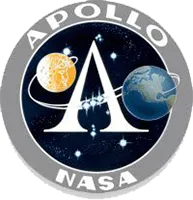 The Apollo missions represented a significant step forward in the evolution of ‘space food’. Hot water started to be available aboard spacecrafts, allowing the perfect rehydration of a great variety of aliments: these were enclosed in special containers, the ‘spoon bowls’. Astronauts could finally start to use standard cutlery: eating in space became an experience much more similar to the one we have on Earth.
The Apollo missions represented a significant step forward in the evolution of ‘space food’. Hot water started to be available aboard spacecrafts, allowing the perfect rehydration of a great variety of aliments: these were enclosed in special containers, the ‘spoon bowls’. Astronauts could finally start to use standard cutlery: eating in space became an experience much more similar to the one we have on Earth.
Skylab Space Station (1973 – 1979):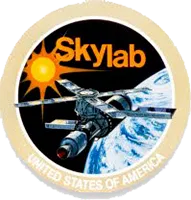 The NASA engineers designed a very complex system to feed the three members of the Skylab crew.
The NASA engineers designed a very complex system to feed the three members of the Skylab crew.
A couple of examples:
- The installation of a freezer aboard allowed a great variety of foods (including ice cream!);
- For the first time, astronauts could have their meals sitting down around a dining table.
Space Shuttle (1981 – 2011):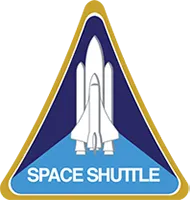 Frozen aliments were no longer available on the Space Shuttle. Astronauts could eat:
Frozen aliments were no longer available on the Space Shuttle. Astronauts could eat:
- Dehydrated food: aliments sealed in special bags (‘spoon bowls’), designed to ensure perfect rehydration;
- Thermostabilized food: aliments enclosed in special envelopes (‘pouches’), heat-treated to ensure long conservation at room temperature;
Note:
*1: When wearing the space helmet, astronauts could not reach the tube with their mouth: for this reason they used a special type of straw.
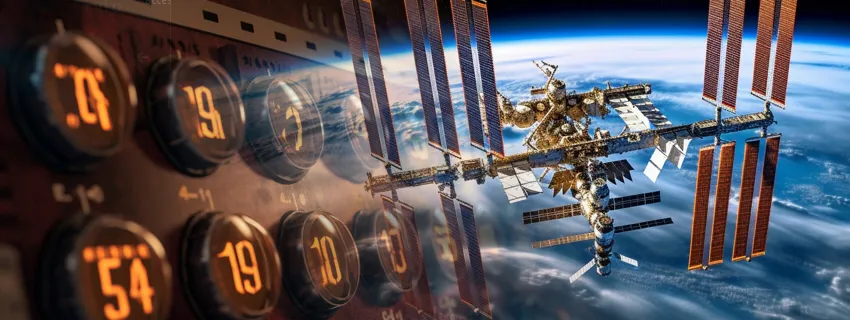
The numbers of the I.S.S.
A few numbers, better than a thousand words, can explain why the I.S.S. , the most futuristic place where to eat, is so special:
- Altitude: between 230 and 285 miles;
- Speed: 17.000 mi/h;
- Peso: 450 Tons;

Supplies and ‘space garbage’.
The ‘Progress’ were the first cargo capsules used to bring supplies to the I.S.S.
Read more
They can load up to 2.5 tons of materials, including food, water and air. Once emptied, they are usually filled with the garbage produced on the Station and destroyed by sending them through the Earth’s atmosphere.

The modern space food.
Nowadays the astronauts aboard the I.S.S. can eat almost any kind of food. There are obviously some important rules to follow when preparing and packaging it, since:
- It’s going to be eaten in zero gravity;
- LIt must keep all its nutritional characteristics;
- It has to be stored at room temperature for a long time;
Considering these special requirements, it’s available on the station in the following forms:
Read more
Dehydrated food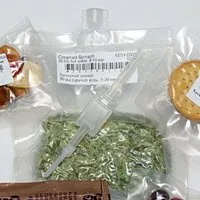 Dehydration is a method of preservation used for all those types of food that, once rehydrated, keep a great part of their original characteristics.
Dehydration is a method of preservation used for all those types of food that, once rehydrated, keep a great part of their original characteristics.
> Some examples: Soups, boiled vegetables and legumes, pasta, etc.
These aliments are packaged in soft plastic bags, the ‘spoon bowls’, equipped with a small adapter: this can be connected to a machine that, once set, dispenses the right amount of water at the temperature necessary for perfect rehydration. Astronauts eat by inserting a special type of straw in the adapter or using cutlery.
The most used dehydrating system for this kind of food is freeze-drying: this consists of freezing aliments and removing the water by sublimating it.
Thermostabilized or irradiated food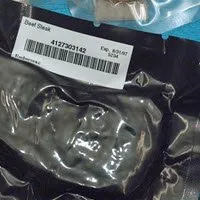 Thermostabilization and irradiation are methods of preservation used for all those types of food unsuitable for rehydration.
Thermostabilization and irradiation are methods of preservation used for all those types of food unsuitable for rehydration.
> Some examples: Recipes based on meat, fish or vegetables. Salami. Some types of soup, etc.
These aliments are packaged in soft ‘pouches’, also known as ‘flexible cans’, made with special materials (*1). They are usually warmed up (*2) before opening them. Common cutlery can be used to eat their content.
- ‘Thermostabilization’ consists of thermally treating food to kill all bacteria: this way it can be stored at room temperature for a long time;
- ‘Irradiation’ consists of exposing aliments to controlled doses of ionizing radiation and is generally used to make meat perfectly sterile;
Notes:
*1: Roscosmos, the Russian Space Agency, provides the Station with traditional metal cans.
*2: The food warmer used on the I.S.S. is a portable tool looking very much like a common metallic suitcase.
Commercial Space Food.
The astronauts aboard the I.S.S. can eat not only food ‘meant’ for space, but also commercial products. Biscuits, candies and many other specialties made by famous brands, are generally not available in their original packages, but inside special containers, in compliance with the NASA safety rules.
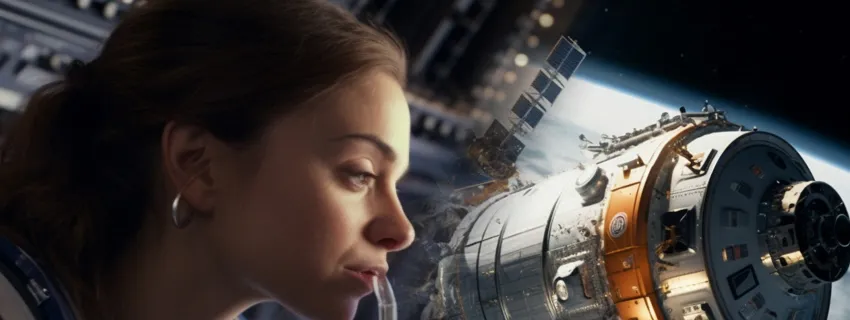
Drinking on the I.S.S.
Most of the water available on the I.S.S. is carried from Earth by cargo shuttles, a small quantity of it is collected from moisture condensation and urine recycling.
Read more
Dispensers are present throughout the Station: the astronauts can select both the amount of liquid and the temperature they need. All drinks (like, for example, tea and lemonade) are usually lyophilized and enclosed in special pouches: these are equipped with a small adapter used for rehydration and to drink from them using a straw.

Carbonated beverages in space.
Carbonated beverages, at least for now, cannot be drunk in space. The lack of gravity doesn’t allow the little bubbles of carbon dioxide to separate from liquids: this is a big problem for astronauts, since the gas remains trapped within their digestive systems.
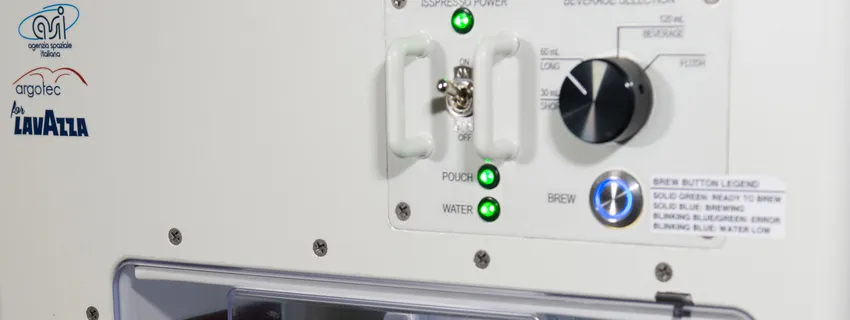
Coffee on the I.S.S.
In 2015 a special type of coffee machine (*1), designed to operate in zero gravity, has been installed on the I.S.S. : the ‘ISSpresso’.
Read more
There are two adapters inside of it:
- The blue one is used to load water;
- The brown one releases hot beverages, injecting them in a pouch;
Note:
*1: The ISSpresso can make also tea and broth.
Copyright information.
The images displayed in this page belong to WebFoodCulture and to the US National Aeronautics and Space Administration.

